I stared out the window into the brown woods and could not see the deer Chris told me was there—right there! Right behind the black pole that held a hanging bowl of sunflower seeds for the birds. Finally I saw a subtle movement. I zoomed in on the large black eyes of the hiding deer. It was the first weekend of the firearms hunting season for deer—the little resort motel beside the Sauk River just down the hill was full of cars, and early morning gunshots rang through the air. I’d be hiding, too.
It was a classic example of crypsis, a type of camouflage, when an animal, person, or object avoids detection by blending into the surroundings. It is one of the most common and successful defenses in the animal world, and, in turn, one of the most common and successful offenses of the hunting world.
Later that week, I saw the twin fawns browsing their way through the yard and woods. Their furry winter coats had displaced the spots of their smooth summer coats as they grew into their ‘teenage’ bodies.
They were not afraid to be seen—maybe it was their youthful naiveté or the fact that they had been here most days of their lives or maybe it was the lure of the apples on the ground beneath the tree. I did not see their mama this time, though she was probably keeping a watchful eye from somewhere deeper in the woods.
Soon the two of them wandered into the woods, into the Gray Dogwood, Sumac, and I hate to say it—Buckthorn. Right before my eyes, they disappeared by camouflage!
They are still there—can you see them?!
Camouflage uses a combination of coloration, materials, or illumination for hiding in plain sight. Nature knows about survival. Our mammalian brain works in much the same way—if we feel threatened, we want to run and hide. We want to protect ourselves. Our strategies are much more complex than Nature and the deer. We hide in plain sight all the time. We hide behind smiles, behind humor, behind walls of shame. We wear masks of happiness, masks of productiveness, masks of toughness. We cover up hurts with compliancy, with silence, with ‘it could be worse.’ We conceal reality and the truth of our lives behind alcohol, food, materialism, and other addictions. We carry our well-developed and effective protective mechanisms with us from childhood through adulthood until they no longer work….until we can no longer hide.
Very often, all the activity of the human mind is directed not in revealing the truth, but in hiding the truth. —Leo Tolstoy
But then what?! Then comes the hard part—the part where all the courage and brilliance of our past protective strategies morphs into the very means by which we walk out into the sunshine to be seen. Zora Neale Hurston wrote, “Love makes your soul crawl out from its hiding place.” The catalyst is Love. It’s the Love that holds us when we run and hide to be safe. It’s the Love that was always ‘right there’ but we could not see. It’s the Love that says the time has come for us to be seen. It’s the Love that helps us to finally love ourselves. “I am still here—can you see me?”
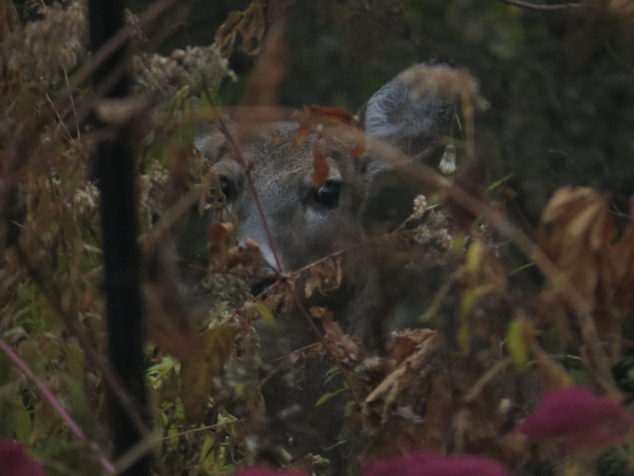
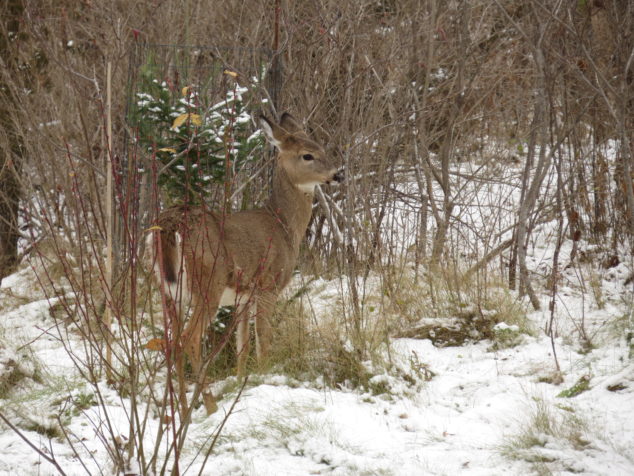
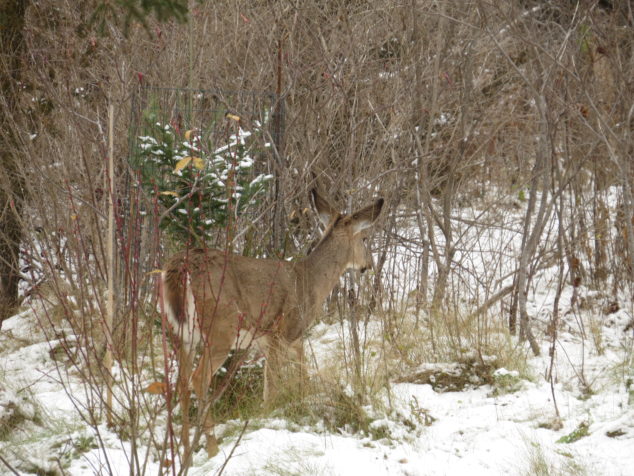
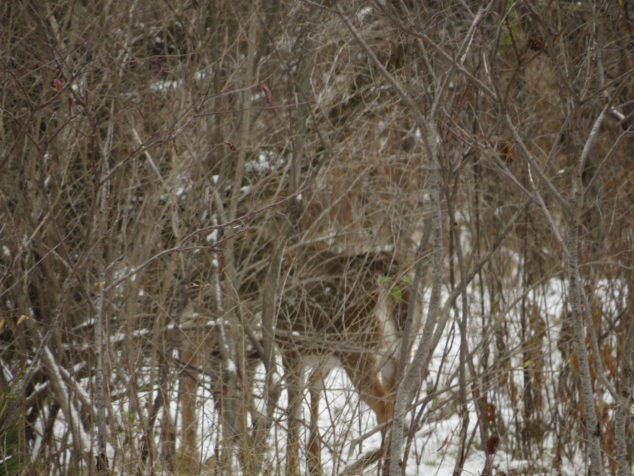
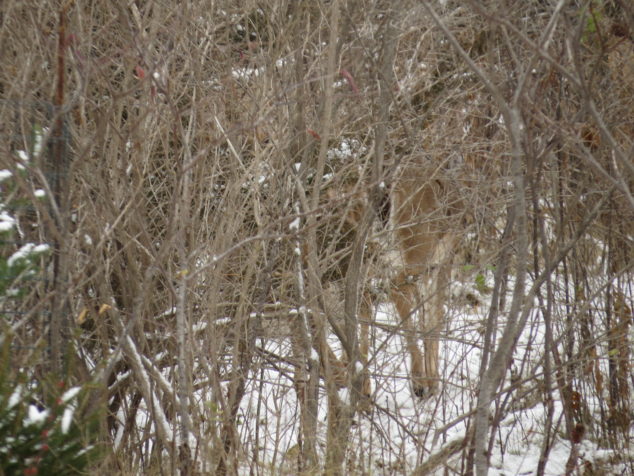
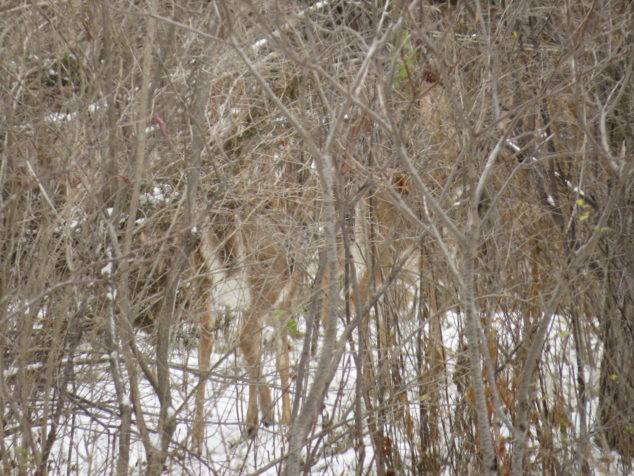
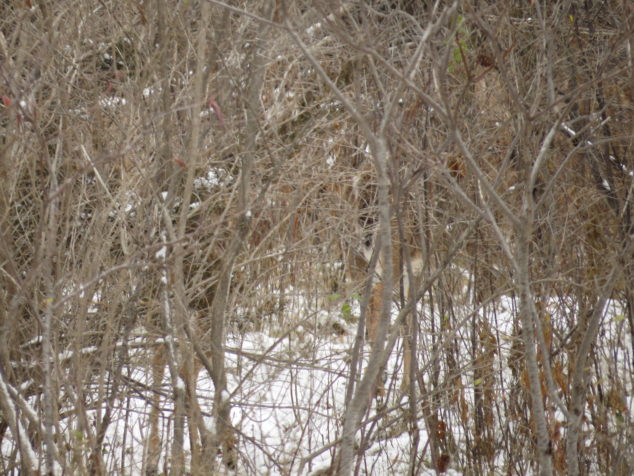
Leave a Reply